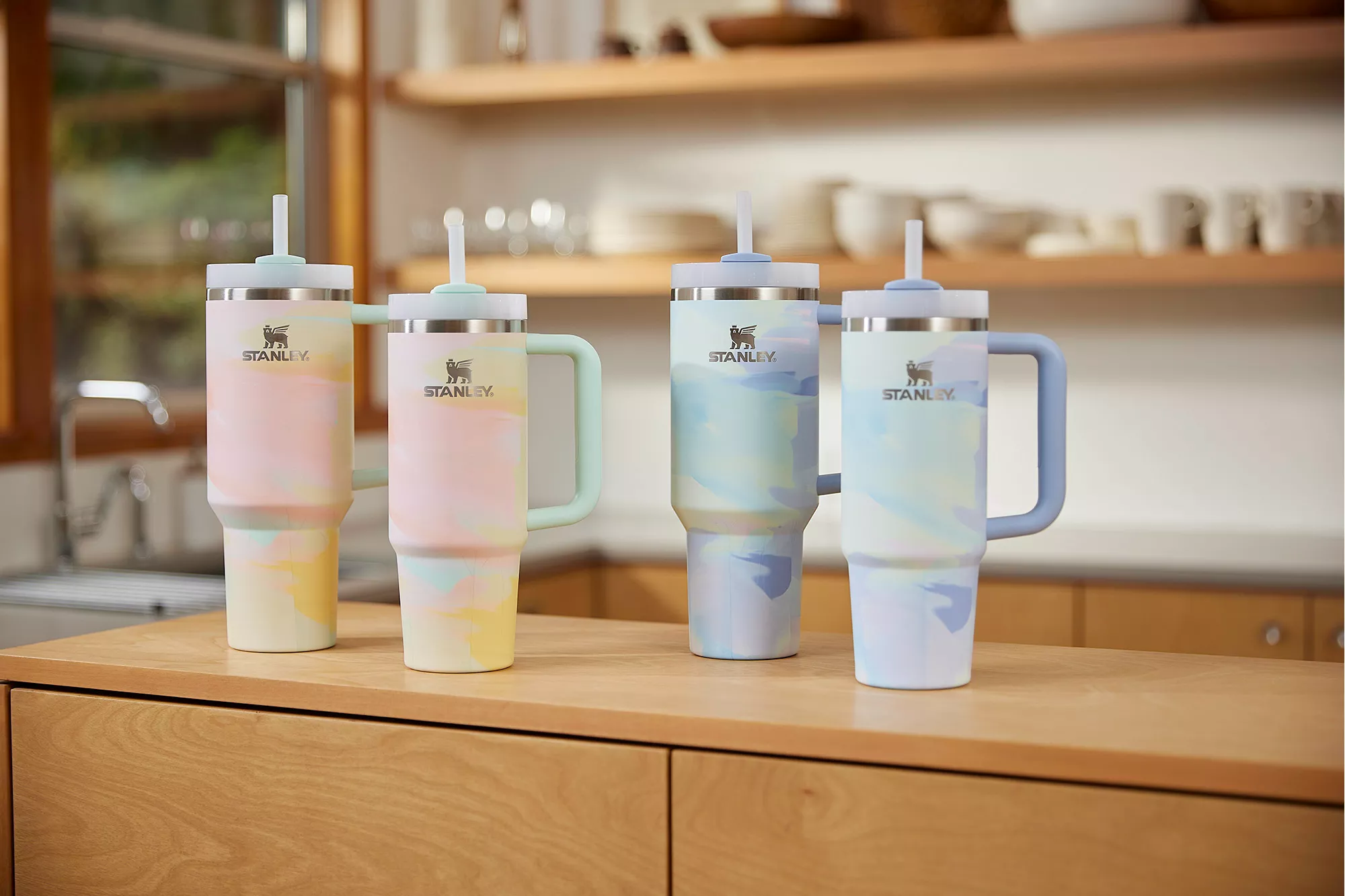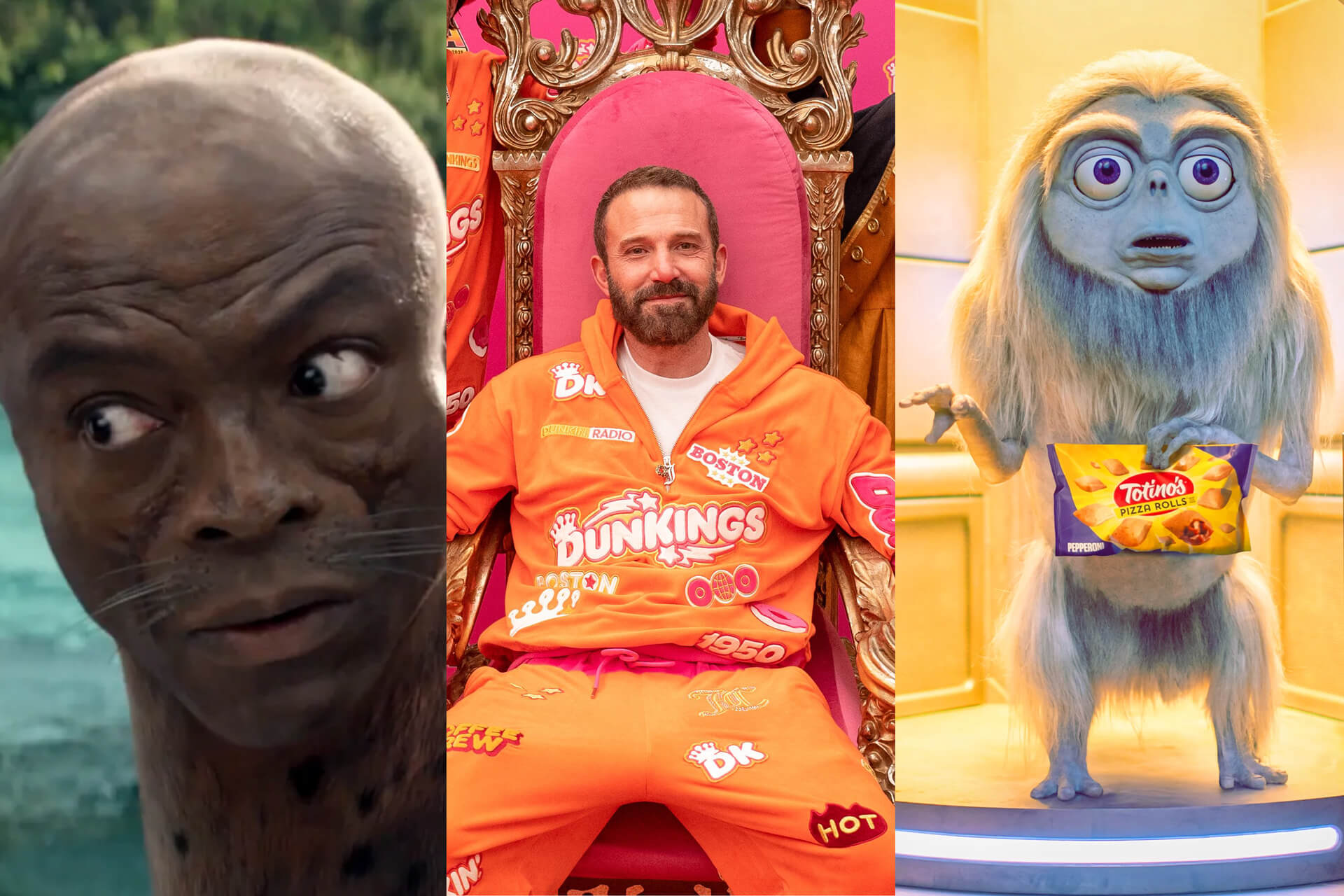If you’ve been online recently, you’ve likely encountered one of those videos of people camped out all night in a freezing cold Target parking lot, preparing to trample each other so they can purchase, what seems to be, a very run-of-the-mill water cup. If you haven’t, please allow me to be the one to make you aware.
You must be asking yourself, “What magic is contained in this cup? Does it give you powers? Is there a golden ticket in one of them that lets you tour the magical water cup factory?” Unfortunately, no, as the title of this article suggests, this cup is… just a cup. You’ve probably seen them around; they’ve been everywhere lately. Their proper name is the Stanley Quencher H2.0 Flowstate™ Tumbler, and they’re all the rage.
So now that we’ve ruled out magic and we’ve established that the cup is a cup, this brings up some further questions. To start, how did Stanley, the company that makes that old green thermos that everyone’s grandpa in the entire world owns, create a product that is so sought after?
In 2020, marketing guru Terence Reilly became the Global President of Stanley after a successful tenure at Crocs, where he transformed the foam clog brand from an object of ridicule to a brand that was landing high-profile collaborations with some of the biggest music artists and high-fashion brands in the world. He set out to accomplish the same kind of 180° at his new home at the drinkware company.
In his short time at Stanley, their sales numbers have increased from $70 million in 2019 to over $750 million in 2023. This serious growth is the result of some very creative brand positioning, just our cup of tea. The steps they’ve taken have obviously been executed to perfection, but even on a smaller scale, there are fundamental brand lessons to be learned here.
Find Your Tribe
Finding out what people already love about your brand is a great way to figure out what you’re doing right. This allows you to continue to play into the thing that is already resonating with people, allowing your audience to not just be consumers, but to become fans. These people might exist in places you don’t always expect.
In Stanley’s case, they found their tribe in the form of a product review blog called The Buy Guide. They were, at the time, a small organization with not much of a following and a head writer who happened to be in love with a certain 40-ounce tumbler just because it was huge, dishwasher-safe, and kept stuff cold. Regular reasons to like a water bottle. (Stanley was actually preparing to discontinue the Quencher until The Buy Guide stepped in; you can read that story here.) Stanley got in touch with the blog, and they started letting people order Quenchers through The Buy Guide’s site.
Change How People Engage With You
Being featured so heavily on a blog that was primarily read by women made Stanley reconsider how they had been pushing the Quencher, which up to this point had been marketed as a rugged piece of camping gear. If there was a small group of women out there that swore by them, what was to stop Stanley from turning the tumbler into an accessory?
In stark contrast to the company’s previous strategy of prioritizing function over form, they began releasing brighter, more vibrant colors and patterns of the cup. Suddenly, there were superfans. Buying cups in all their favorite colors, collecting every new one as it came out, customizing, and personalizing their cups.
This is how powerful a niche can be. Once it’s discovered, you can look at other behaviors of the people in those circles and use them to inform your next moves. Remember, this wasn’t a fluke. It was a matter of the people in charge understanding brand fundamentals and executing them flawlessly.
By this point, these tumblers were the hottest item on the shelf, and having just exited the sneaker world, Terence Reilly knew just how to keep that momentum going.
The Scarcity Model
So we established who loves these things, but we still haven’t gotten to the root of the all-night campouts and the Target stampedes that swept the nation over the holidays. Sure, the water bottle is cute and functional, but what could make people behave like this?
Simple: Exclusivity.
Stanley began to employ tactics that have had sneakerheads and gamers lining up around city blocks for decades. Namely, artificial scarcity. Sure, they can make an infinite amount of red cups, but when they only sell forty at a time on a specific day at a specific time, those forty sell immediately. This in turn creates buzz around the exclusive edition, making our newly minted Stanley fans who wouldn’t normally have much interest in the red version of the cup think twice before passing up an opportunity to get their hands on one. Now they’re buying things they don’t even need. This is a far cry from Stanley’s previous ethos, which was to make a product so high quality that you only need to buy one, and that one will last sixty years.
The Stanley Quencher might just be a cup, but a cup in the hands of a powerful brand is a force to be reckoned with. So next time you see a video of someone getting concussed in the water bottle aisle or getting hypothermia from setting up camp outside Target at 4 a.m., just know that the world hasn’t gone completely insane. You’re just witnessing the incredible strength of a strong brand positioned by smart people.




